There are 4 obvious and easily identifiable symptoms of bone trauma:
- Pain : Pain in a bony trauma is usually severe and suddenly disabling, however in diabetic patients or patients who have developed a higher tolerance to pain like fighters, manual labourers, heavy workers, soldiers, athletes etc this sensation can widely very in severity.
- Swelling : Swelling always follows trauma with an increase in the local temperature. Although it may not always be visible in large limb parts like arm or thigh in the first 15-30 min. The best way to assess this is by comparing the area with the opposite normal side.
- Loss of limb function : A fracture is always associated with the abrupt loss of function of that body part. Eg. For lower limbs it may be unable to walk or stand or move the limbs, where as in the upper limb it would be inability to move to limb along with severe pain on attempt of movement of that part
The irony is…. People often rush to the hospital without significant trauma due to the dramatic mode of injury (example road traffic accident) and ignore doctor referral for days due to apparent minor looking mode of injury like fall on ground after slipping on wet surface or a sports injury.
Danger Signs in Limb Trauma
- Signs of loss of blood supply to a limb due to trauma
- Portion of the limb distal to injury site will be cold/cool to touch in comparison to opposite site
- The distal portion will look pale (whitish) compared to the opposite side
- If you know how to feel pulse you won’t be able to feel it distal to the injured site
- There may be extreme pain on the distal end of the limb.
- Signs of loss of nerve supply to distal to the site of injury
- Patient cannot sense- touch on pinch distal to injured area
- There may be tingling or numbness distal to the injured area with pain
How do you behave around an injured patient ? (Gospels of immediate response to trauma)
- Do not try to move patient hastily or slap the patient to sense ( immediately call for help )
- If possible ensure the victim is lying flat on ground on his/her back and move any occluding/heavy object that may have fallen on him/her. Not try to wrench/drag the patient from under a heavy object or from the scene of the accident unless deemed absolutely necessary due to circumstances.
- Ask the patient “where does it hurt??” and follow the following basic evaluation and resuscitation protocol
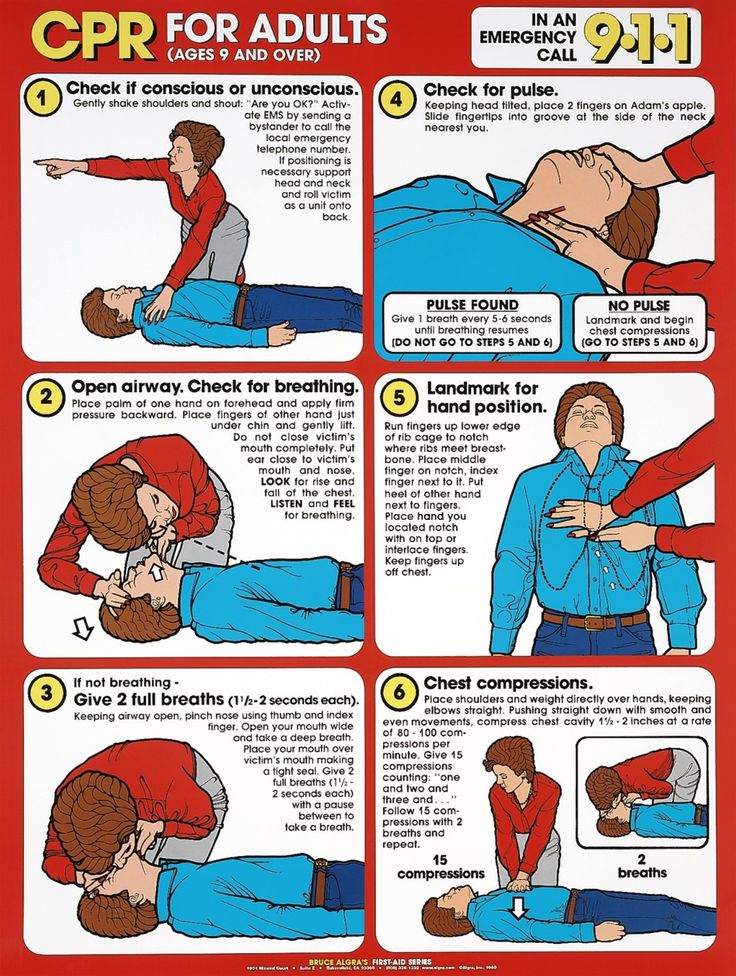
- Watch out for:
- Pain and injury to neck
- Pain and injury to back or spine
- Pain and injury to waste (pelvic bone)
- Any open bleeding
- If you suspect injury to neck or spine it is better to wait for the trauma team/ambulance to come before you attempt to move the patient, if however moving the patient is necessary move him/her like this:
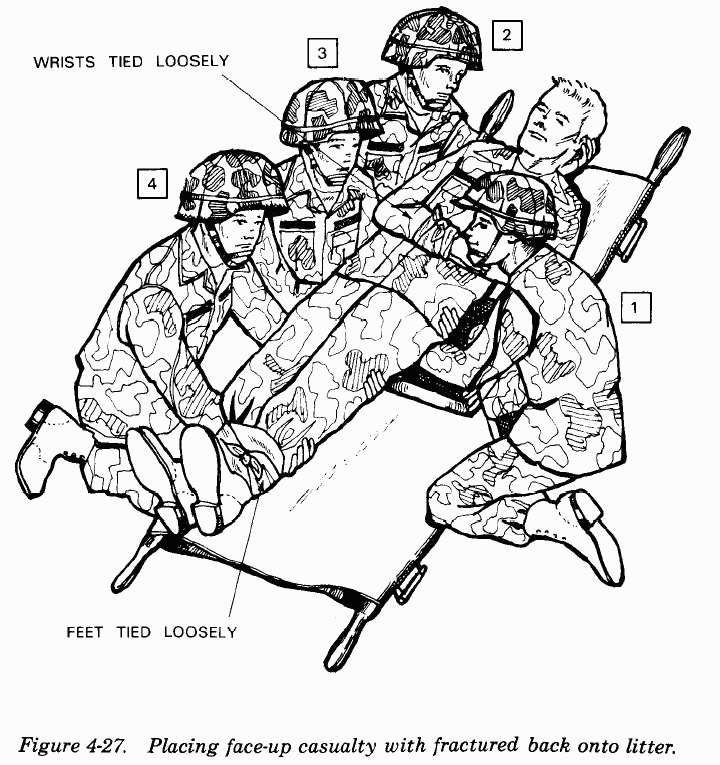
- If you suspect injury to pelvis and help is not to be found nearby you can try this basic treatment to buy tim
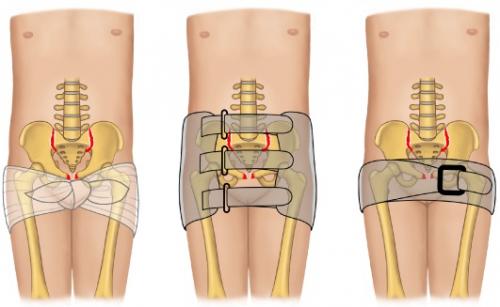
Remember pelvic injuries cause huge internal bleeding and rushing such patients to the nearby hospital is an absolute emergency to save life.
- If you see any open bleeding:
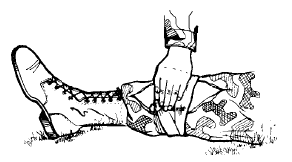
-
- After you follow all of these protocols, it is often necessary to splint the injured limb which can be easily done in the field.
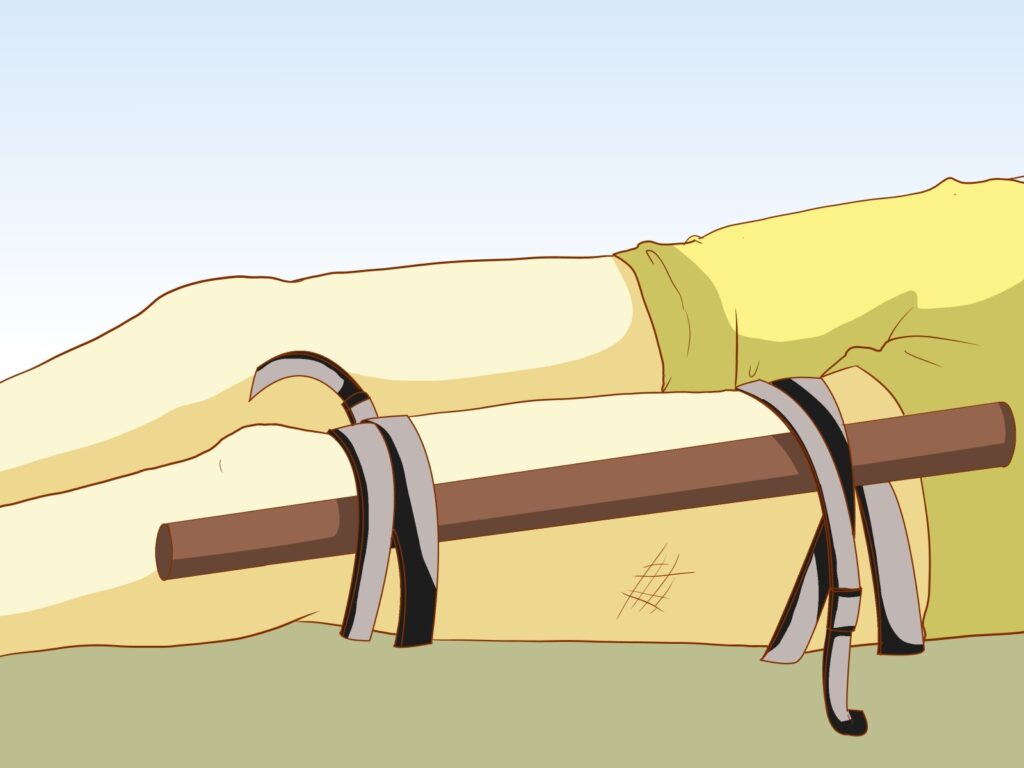
Your objective is to make all haste to ensure the victim referral to the nearby orthopaedician or hospital emergency in any and all cases of significant trauma.
